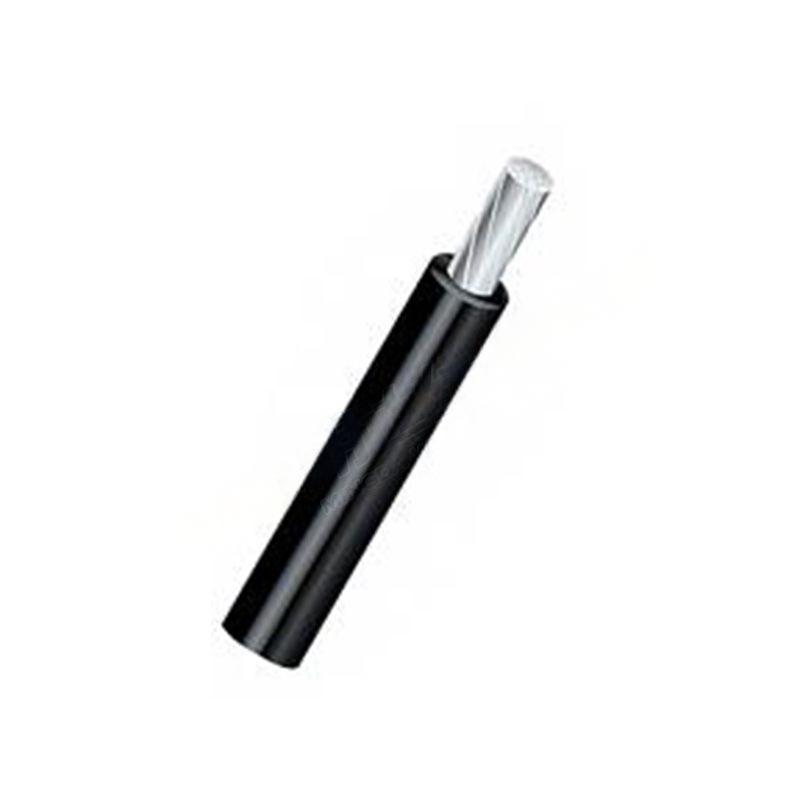11-р сар . 05, 2024 09:41 Back to list
industrial swing check valve
Understanding Industrial Swing Check Valves
Swing check valves are critical components in various industrial applications, designed to allow fluid flow in one direction while preventing backflow. This essential valve type functions using a disc that swings on a hinge, ensuring that the flow pattern remains unidirectional. In this article, we will explore the features, applications, and advantages of swing check valves in industrial settings.
Construction and Operation
The basic structure of a swing check valve includes a valve body, a disc, a hinge, and seating surfaces. The valve body can be made from various materials, including cast iron, stainless steel, and bronze, depending on the application and the type of fluid being controlled. The disc, which is often made of the same material as the body, swings away from the seat during forward flow, allowing the fluid to pass through. When the flow reverses, the disc swings back into a closed position, thanks to gravity and flow pressure, seating on the valve seat to prevent backflow.
Applications
Swing check valves are widely used in numerous industrial applications, including water supply systems, HVAC systems, HVAC systems, oil and gas pipelines, and wastewater treatment facilities. Their ability to handle large flow capacities and resist pressure drops makes them ideal for high-volume applications. In wastewater treatment, for instance, these valves help ensure that water moves through treatment processes without any risk of contamination from backflow.
industrial swing check valve

Advantages of Swing Check Valves
One of the primary advantages of swing check valves is their simple design, which leads to reliable performance and ease of maintenance. With few moving parts, these valves have a lower likelihood of mechanical failures compared to more complex valve types. Additionally, swing check valves can handle high flow velocities, which is a crucial requirement in many industrial processes.
Another significant benefit is their ability to maintain low-pressure drops. Unlike some other check valve designs, swing check valves allow for minimal resistance to flow in the forward direction, which helps maintain energy efficiency in the system. This feature is particularly advantageous in applications where energy costs are a concern.
Swing check valves are also versatile in terms of installation. They can be installed in either horizontal or vertical pipelines, which gives engineers flexibility when designing systems. Furthermore, they can operate effectively in various temperature and pressure conditions, making them suitable for a wide range of industrial environments.
Conclusion
In summary, industrial swing check valves are indispensable in ensuring the smooth and reliable flow of fluids in various applications. Their robust design, reliable performance, and low-pressure drop characteristics make them a preferred choice for many industries. Whether in water treatment facilities, oil and gas operations, or HVAC systems, these valves play a crucial role in maintaining the efficiency and safety of fluid handling processes. Understanding their functionality, advantages, and applications can help engineers and operators make informed decisions when selecting the right check valves for their industrial needs.
Share
-
Reliable Wafer Type Butterfly Valves for Every IndustryNewsJul.25,2025
-
Reliable Flow Control Begins with the Right Ball Check ValveNewsJul.25,2025
-
Precision Flow Control Starts with Quality ValvesNewsJul.25,2025
-
Industrial Flow Control ReliabilityNewsJul.25,2025
-
Engineered for Efficiency Gate Valves That Power Industrial PerformanceNewsJul.25,2025
-
Empowering Infrastructure Through Quality ManufacturingNewsJul.25,2025